
VR Architecture: Why the Next Design Frontier Will Be in Virtual Spaces
由专筑网赵泽民,杨帆编译
新型数字化概念技术,已经影响了我们所知的从音乐到健康的各个方面。与此同时,建筑性质并未改变,仍然局限在现实的容纳场所。在我们看来,虚拟现实技术的时代已经到来,而且它会由此改变未来我们与空间的关系。
我们的现实世界是由多重表达方式组成的——不同的文化、经济和地理位置都会有其自己的模式。多媒体社会创造了一个充满虚构形式的,诸如电影、电子游戏、广告、形象符号等综合复杂的现实世界。这些特殊影响是我们生活中的一部分,虚拟现实技术也是其中之一。它们在现实生活中并不是单独孤立的,反而处处相关。为了在这个逐渐扩展的现实舞台上发挥其作用,迫切地需要发展新型的建筑技能。诸如Oculus Rift、Gear VR、Google Cardboard、HTC Vive、Hololens与微软Unity或者Unreal 相结合诞生的平台,为我们开拓了一个全新的设计领域。
The new digital state of mind has affected almost every industry as we know it, from music to health. Meanwhile, architecture remains unaltered, trapped in its physical container. In our opinion Virtual Reality has come to stay, and it will transform the way we relate to spaces forever.
Our reality is a construction with multiple forms of expression - each culture, economy and geography produces its own model. Multimedia society has created a hybrid and complex reality where material formations are complemented by fictional ones like movies, videogames, advertising, avatars… Special effects are now part of our lives, and VR is one of them. It's not an independent and isolated dimension of actual reality, but part of it. In order to operate in this amplified scene, it is urgent to deploy new architectural skills. Platforms like Oculus Rift, Gear VR, Google Cardboard, HTC Vive, and Hololens combined with softwares like Unity or Unreal open a whole new design field.
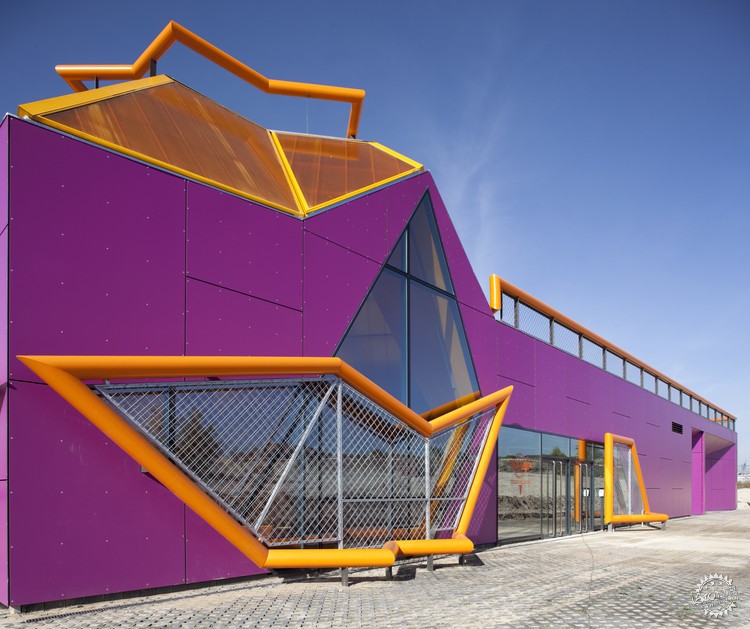
在互联网高度发展的时代,从建筑到数字化,我们同时建立了现实和虚拟空间。确实,毫不夸张得说,相较于现实环境,我们更加强调在虚拟电子上获得经验。但事实上,这些电子虚拟空间很少被接受并发展为潜在的宝贵经验。让我们想一想现实空间的使用方式,如图书馆,在电子书突如其来遍布世界的同时,它已经转变为数字虚拟空间。太多的事物在快速发展中销声匿迹。如今清晰的是,深入理解建筑因素,如规模、比例、光线、材质以及综合各方面相结合,数字虚拟技术才能得到发展。虚拟现实技术可以带来超越平板屏幕浏览的互联网时代。
In the Post-Internet era, we inhabit physical and virtual spaces simultaneously, from our home to our screens. Actually, it is not an exaggeration to affirm we pay much more attention to digital experiences than physical environments. But the truth is, few of those digital spaces have been conceived as spaces and developed to their full experiential potential. When we think about the way some of our physical spaces, like a library, have been translated to the digital world - ibooks for example - a sense of despair invades us. Too many qualities are missing in the leap. It is clear for us now that digital interfaces need to be enriched by an architectural perspective through a new understanding of scale, proportion, light, materials and community orchestration. VR technologies can bring internet browsing beyond flat screens.

具有三维导航的用户界面可以丰富人类、产品、公司、信息之间的交流沟通。新世界的机遇是开放的:空间结构的交互式菜单,适用于我们身体各个部分运动,与大脑潜在认知相匹配的未开发完全的3D网络,最重要的是,它能给予用户更具有诱惑力的,更感性的体验。
电子世界教给我们最主要的就是我们不再需要身边实在性的事物。由于经济上的原因,生态性或实用性要超过价值性。虚拟体验能创造一种不用离开家的舒适,便能享受到新事物的愉悦感吗?我们能够将日常空间转换为娱乐空间吗?在Mi5的建筑师,已经为突破这样的限定奋斗了超过十年,这就是为什么我们要把虚拟现实技术理解为运用新的方式来探索潜在可能的最终手段。虚拟现实建筑是一种方式,它带领我们把现实的建筑变为极致想象的可能,从有所限制的真实空间中独立出来。由于实际生活中的挑战,不可否认愈加严重的自然资源危机,引领了虚拟现实技术的重生。我们相信是时候忘记我们所接受的教育,而去创造属于我们这个时代的新型的空间。
A user interface where you can navigate in 3D can enrich the communication between humans, products, companies and information. A new world of opportunities is open: Interactive menus with spatial configurations, 3D webs with unexplored topological organizations adapted to the full scale and motion of our body and to the cognitive potential of our brain, and above all, a more seductive, sensorial and emotional user experience.
One of the major lessons the digital world has taught is the idea that we don’t need to own things anymore. For economic reasons, ecology or simply convenience, access trumps property. Could virtual experiences bring us the joy of a cutting edge event without leaving the comfort of our homes? Could we transform our daily spaces into places of exuberant relaxation? At Mi5 Architects, we have been fighting the limits of convention for more than 10 years, and this is why we understand VR as the ultimate tool to explore the experiential possibilities of space in a new way. VR architecture is a tool that allows us to push our understanding of real architecture to the extreme and imagine what’s possible, independently of the constraints and limitations of real spaces. Due to the challenges of our practice, the undeniable natural resources crisis and the rebirth of VR we believe it is time to unlearn what we have been taught and create the new spaces of our time.
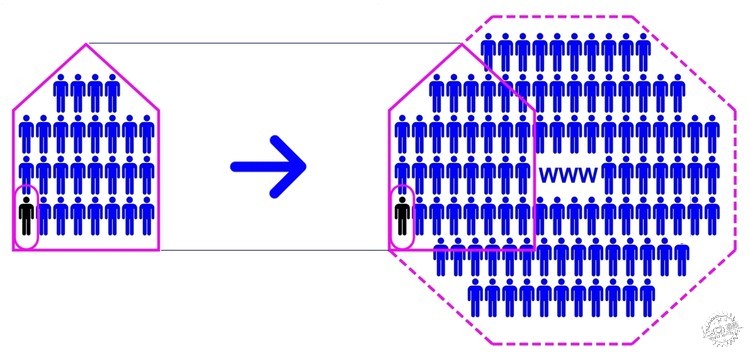
在虚拟现实中,我们看到,建筑师服务了扩展群体。在真实的建筑中,我们能创造一个容纳相当数量的庇护场所;在虚拟的数字建筑中,我们的目的是为电子性质的团体创造环境,并且它几乎是无限容量的。在理解这个空间的过程中,人们是有兴趣去创造一种提供远离学习,纯粹娱乐的场所的。
需要等待的是一种新型的生活方式。数字建筑的下载空间能综合一系列的个人撤销操作,一些争论或使用者和同伴一起在外的不寻常的情况。在这样的情况下,像Convrge 或者 Second Life 之类的平台的出现,是对传统建筑意义的挑战。这样,在其中提供人文的因素是VR专家呼吁的保留项目中迫切需要的。
We see in VR the opportunity as architects to serve an extended community. With real architecture we have been able to create a shelter for a certain amount of people; with virtual architecture we aim to design environments for the digital organization of individuals that is almost infinite. We are in the process of understanding the kind of spaces this community is interested in inhabiting and the purpose those spaces can offer, from relaxation or disconnection to learning or pure entertainment.
A new politics of domesticity is waiting. Downloadable spaces with digital architecture can compound a set of personal retreats, new agoras of debate or extraordinary user-generated scenarios where you can hang out with your peers. In this case, platforms like Convrge or Second Life are a provocation for a serious architectural implication. It's urgent to provide some human qualities to this thing that VR gurus call presence.
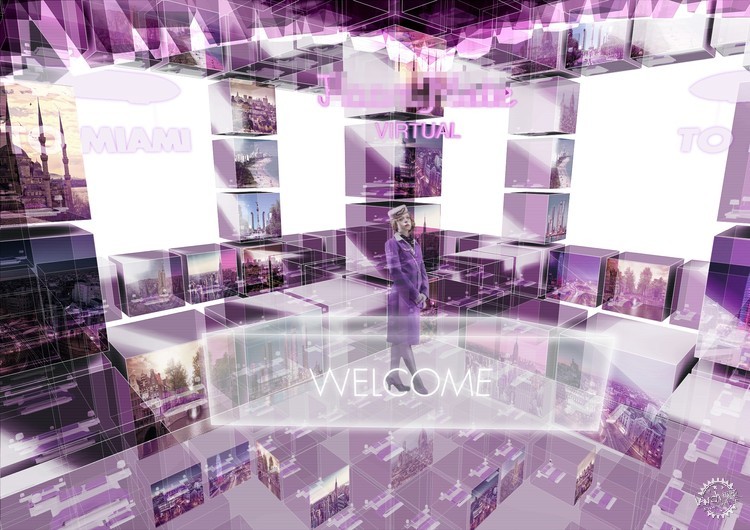
这些和许多其他问题正是我们在一些私人项目中,在MI5VR范畴中所探索的(博物馆、零售商、广告、房地产……),其中还包括我们在伦敦建筑协会的研究团队。在我们的部门中,我们正在设想一些新形式的游览:不用出行的游览,享受的景观转变为流动虚拟部分,到达难以实现的新型生态目的地……
作为建筑工作室职员,我们能够理解,VR工具的运用使自由作为自然扩展到现实环境的价值。虚拟和现实两种形式均都存在,以感性的工作经验丰富了人们的日常生活。
These and many others are the questions we are exploring in Mi5VR in the context of private commissions (museums, retail, advertising, real estate…) and our think tank at the Architectural Association in London. With our Unit at the AA we’re imagining new forms of tourism: journeys without displacement, hedonistic landscapes translated into fluid virtual fields, new destinations to inaccessible ecosystems…
As an architectural office, we understand the value that VR tools can bring in terms of freedom as a natural extension to traditional physical spaces. Both formats, Virtual and Real, work with the sensorial experience in order to amplify people’s daily life.
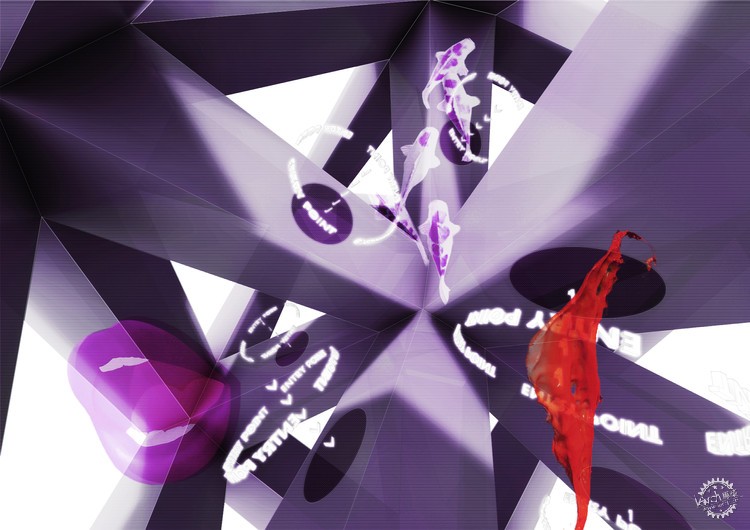
在这次游览中,我们的目的是重新定义传统建筑的设定规则,并认真思考虚拟数字空间,而不仅仅是简单的复制品。摆脱重力束缚释放自己的意义是什么?使用数据所影响的反复空间的可能性是什么?设计的空间游戏化(相互作用、传达和超信息)的机会又是何种情况?虚拟现实赋予建筑全新的形式,对事物的感知能力和我们的对待方式都转变了。
如今我们的Virtual and Real 建筑工作室包含众多好奇心强烈的建筑师,非常规的UX设计师,还有一些游戏开发商和品牌策略者。我们一直忙于创造新型的空间体验,VR作为一个为房地产或项目在空间、电影、品牌、制药公司之内的销售工具应发挥其作用,如博物馆应包含其存储展品,传统的酒店连锁店应受到VR影响。这些综合起来,我们不仅为数字世界发现了新型的建筑形式,而且创造了对现实空间新型的理解方式。
In this journey we aim to redefine the rules that traditional architecture imposes and think about virtual spaces as something other than mere replicas. What does it mean to free ourselves from gravity? What are the possibilities of iterative spaces influenced by usage data? What are the opportunities of gamification (interaction, teleportation and hyper-information) in order to design a space? Virtual Reality opens completely new forms of architecture where the perception of things and the way we approach them are transformed.
Nowadays our office of Virtual and Real architecture is a unique mix of curious architects, unconventional UX designers, confused videogame developers and brand strategists. We keep ourselves busy creating the new spatial experience a museum should embrace to show its archived pieces, influencing the traditional customer journey of a hotel chain, VR as a sales tool for a luxury real estate or a project in between a space, a movie and a brand experience for a pharma company. With all of them, we are not only discovering new architectural formats for the digital world but also new ways to understand physical space.
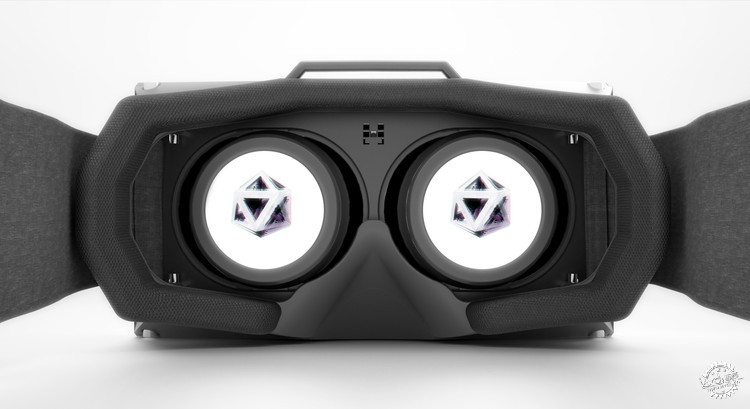
如果说数字体验的演变是把个人中心从2D屏幕变为了3D,那么我们不能否认建筑师在其中有着举足轻重的作用。数字世界需要建筑师,正如建筑师也需要数字世界。
建筑发展仍充满潜力。
Nacho Martín 是MI5VR的创立者和领导者,是马德里和伦敦虚拟现实建筑的实践工作者,同样也是伦敦建筑协会的头号人物。
If the evolution of digital experiences is moving from a 2D screen to 3D environments that put the individual in the center, we can’t deny architects have an expertise in that. The digital world needs architects just as much as architects need the digital world.
Architecture at its full potential.
Nacho Martín is cofounder and director of Mi5VR, a Madrid- and London-based practice working in both virtual and real architecture, and a Unit Master at the Architectural Association in London.
出处:本文译自www.archdaily.com/,转载请注明出处。
|
|
